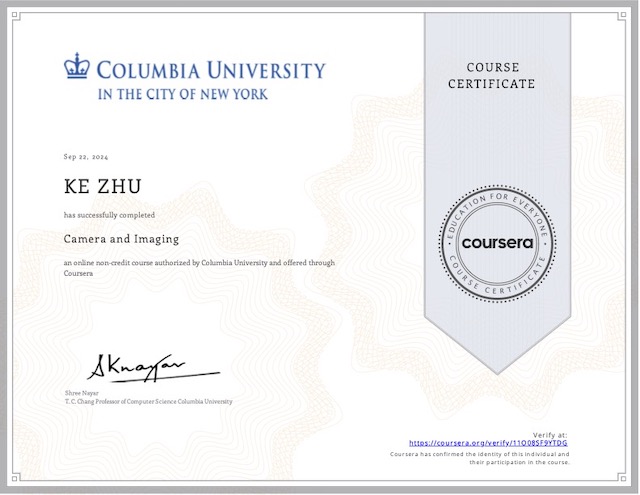Banks
There are sorts of 2 issue arise when we are thinking about banks:
- Solvency: It is about the Net Worth on the right side of the Balance Sheet. Is the value of the assets greater than the value of the liabilities, so the net worth is greater than zero?
- Liquidity: It is about the Cash Reserve on the left side of the Balance Sheet. If a depositor transfers their deposit to somebody else, does the bank have enough liquidity?
There is a link between the solvency and the liquidity.
Shadow banks. Balance sheet of a shadow bank may looks like below, and this model has became a dominant one in this world.
| Assets | Liabilities |
| Residential mortgage-backed securities (RMBS) Interest rate swap (IRS) Credit default swap (CDS) | Money market borrowing – Repurchase agreement – Euro dollar – Assets backed commercial paper |
Again there is issue of solvency and liquidity (being able to roll over the funding).
Central banks. A central bank like Federal Reserves is also a bank, it has assets and liabilities. When it is expanding the money supply, it is expanding both sides of the balance sheet.
Four Prices of Money
| Par | The price of money in terms of another money right now. Important to the payment system. |
| Interest rate | The price of money today in terms of money tomorrow. Focused by economics. |
| Exchange rate | The price of domestic money in terms of foreign money or world reserve money. |
| Price level | The price of money in terms of commodities. |
Hierarchy of Financial Instruments
Always and everywhere monetary systems are hierarchical. Money is better than credit. Credit is a promise to pay money. Money is money, is the thing that eliminates debts.
| money | gold | ultimate means of payment |
| national currencies | are promises to pay gold | |
| bank deposits | are promises to pay currency on demand | |
| credit | securities: all other kinds of credit, loans of various kinds | are promises to pay currency over some period of time in the future |
What counts as money, and what counts as credit depends on the situation.
Hierarchy of Financial Institutions
Central banks’ balance sheet:
| Assets | Liabilities |
| gold … | national currency … |
Banking systems’ balance sheet:
| Assets | Liabilities |
| national currencies … | deposits … |
Private sector’s balance sheet:
| Assets | Liabilities |
| deposits securities … | securities … … |
In the balance sheets above, every concept appear twice, except gold. This is important difference between inside money and outside money. Outside money is an asset that is no one’s liability. Only gold is outside money. Almost all money (except gold) is somebody’s liability, somebody’s promise, somewhere.
Dynamics of the Hierarchy
This hierarchy is a fluctuation system, it is changing all the time. Expanding, and then contracting, it is like breathing. The expansion and contraction has 2 dimensions: quantity (horizontal axis) and quality (vertical axis).
In a boom, there is increasing quantity of credit, and credit begin to look like money.
In a crisis, there is collapsing quantity of credit, you find out what you have is not money, but actually is credit.
There are sort of 2 principles that drive the fluctuation of the system: the scarcity of ultimate money (a discipline) and the elasticity of derivative credit. Individual people at the same level in the system can expand the credit, without any constraints of the ultimate money.
While the currency principle emphasizes the scarcity of money and the discipline it imposes on the system to control for the overextension of credit, the banking principle underlines the elasticity of credit and the flexibility this gives to the system in adjusting to seasonal fluctuations in demand for money.
Hierarchy of Markets
Central bank, banking system, and security dealers are all in its own way market maker.
| Instruments | Institutions | Prices |
| gold | ||
| | | central bank | exchange rate |
| currency | ||
| | | banking system | par |
| deposit | ||
| | | security dealers | interest rate |
| security |
All these market makers are motivated by profit. But since central bank is sitting at the top of hierarchy, it might focus on economic stability instead of profit maximization, making sure the system does not collapse.
When the principle of scarcity is causing the economy to melt down, the market-makers are ceasing to make the market, and the whole system is in disarray, the lender of last resort (central bank) can introduce a little elasticity, by accepting security as collateral for expanding money supply.
Central bank’s job includes:
- defend exchange rate
- maintain par
- take responsibility for economic stability.
Wouldn’t it be a good idea to somehow prevent this fluctuation from getting too extreme? This counter-cyclical kind of effect and policy come from the inevitability of thinking of hoping you can.do something about that. It comes from taking responsibility for the ultimate crisis.
Most of central banks intervene by manipulating very short interest rate. There is a term structure of interest rates, the x axis is maturity ranging from 1 day (short term) to 30 years (long term), the y axis is interest rate. At the short term end, there is policy rate; at the long term end, there is market rate.
Central banks are determinig policy rate, and private sector securities are determining market rate. Policy is trying to move market around by moving the policy rate around. But market is also creating constraints on what policy can do.
Monetary policy is all about making an artificial hierarchy of money and credit. When central bank wants to impose more discipline, there will be negative slope term structure, where short term money is ridiculously expensive (ultimate scarcity). When central banks want to make the system more elastic, short-term interest rate are lowered way below the long-term interest rate.
My Certificate
For more on The Natural Hierarchy of Money, please refer to the wonderful course here https://www.coursera.org/learn/money-banking
Related Quick Recap
I am Kesler Zhu, thank you for visiting my website. Check out more course reviews at https://KZHU.ai



